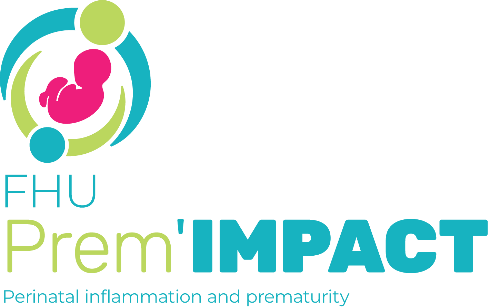Abstract
Hypoxic-ischemic encephalopathy (HIE) is a major cause of morbidity and mortality in newborns resulting in motor and cognitive impairment. Therapeutic hypothermia is the only treatment approved for HIE. Consequently, there is a critical requirement for additional treatments for hypoxic-ischemic (HI) brain injury because hypothermia is only partially protective. Pharmacological therapeutics are as yet not available to treat HIE. Therefore, we developed a novel trisubstituted purine-derivative drug (BRT_002) to attenuate HI related brain injury. The safety of BRT_002 was confirmed by treating adult rats with BRT_002 (100 mg/kg) for 7 days. Postnatal day-7 rats exposed to sham surgery or carotid ligation and 8% FiO2 for 90 min were given BRT_002 (30 mg/kg) or placebo intraperitoneally (IP) immediately, 24, and 48 h after the induction of HI. Pharmacokinetic studies revealed suitable systemic and brain exposure to BRT_002. Treatment with BRT_002 reduced neuropathological infarct volumes in the neonatal rats. Bioinformatics analyses of proteomic data identified upregulation of Agrin, Zyxin and Syt5 (p < 0.05) in both brain hemispheres in the male and female neonatal rats after treatment with BRT_002. BRT_002 also augmented mitochondrial respiration and produced metabolic changes in mouse neurons exposed to oxygen-glucose deprivation in vitro. Protein-protein interactions suggest that Syt5 interacts with major participants required to attenuate injury and/or facilitate parenchymal brain repair through Fblim1 that include Agrin, Zyxin, Vegfa, Vwf and mitochondrial targets. Our study provides preclinical findings that could serve as a foundation for future clinical trials of this novel purine derivative for the treatment of newborns exposed to HIE.
